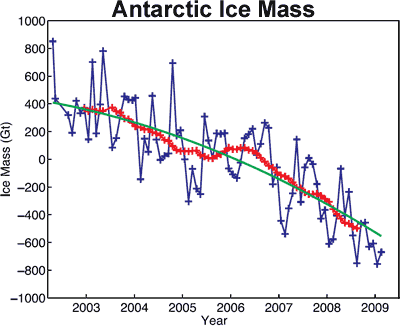- Banned
- #76
Even the most fervent of warmists admits they arent sure the feedback of water vapour
The sensitivity of increased CO2 is not determined precisely. Who claims it is?
We're not talking about sensitivity, we're talking about radiative forcing, but, since you ask...
The sensitivity attributed to water and CO2 are pretty stable, they were calculated back in the 1890's to a high degree of accuracy, and revisited in the 50's in a way that is generally accepted. The real uncertainty lies with fedbacks. Btu, where the **** is your evidence, Goebbels? Repeating something doesn't make it true.
http://www.realclimate.org/index.php/archives/2010/01/the-carbon-dioxide-theory-of-gilbert-plass/




